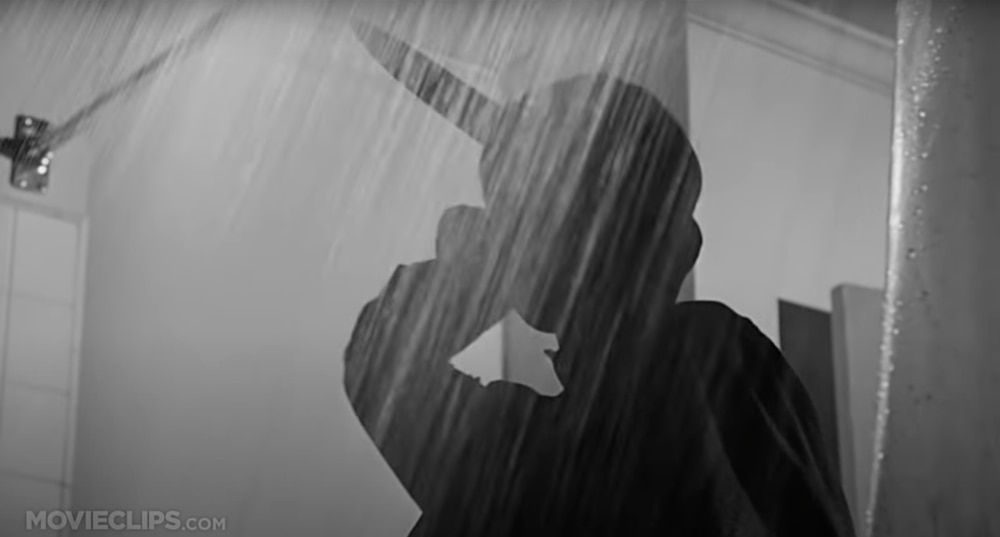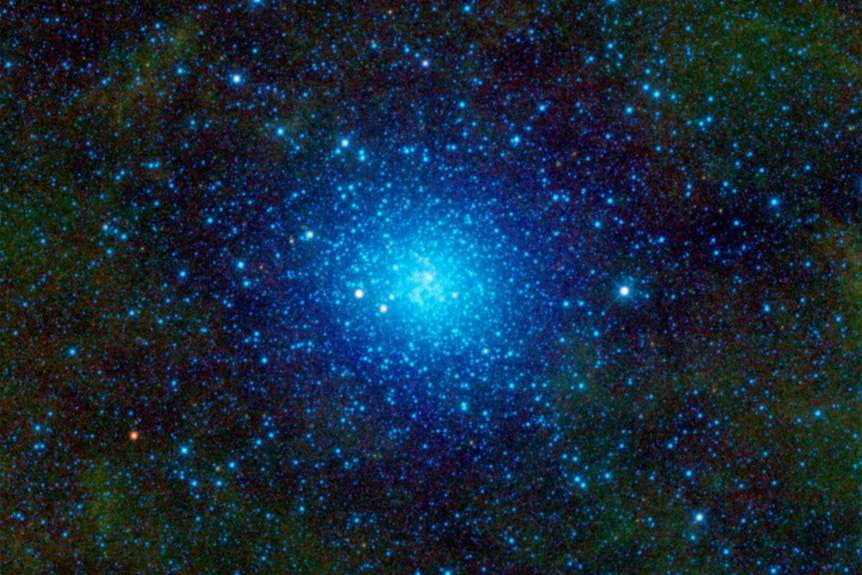Create a free profile to get unlimited access to exclusive videos, sweepstakes, and more!
The Star Cluster Omega Centauri Might Actually Be an Absorbed Dwarf Galaxy
Astronomers have been debating the true identity of Omega Centauri for centuries!

Alfred Hitchcock’s Psycho is a classic of the horror genre and a poster child for the narrative twist. It opens on the criminal exploits of Marion Crane (Janet Leigh) as she makes off for a new life with $40,000 (roughly the equivalent of $400,000 of modern currency) in stolen money.
Compounding one bad decision with another, Marion stops for the night at the Bates Motel, where she checks in and never checks out. Psycho was such an effective piece of storytelling because the viewers pieced together the mystery alongside the characters, slowly narrowing in on the true identities of Norman Bates and his mysterious mother.
Astronomers Uncover the True(?) Identity of Omega Centauri
A similar, if less deadly, case of mistaken identity has been slowly unraveling around the distant space object Omega Centauri for the last several centuries. In the years since astronomers started studying the sky in earnest, Omega Centauri has been temporarily categorized as a star, a luminous patch, a nebula, and a star cluster.
Edmond Halley was the first to suggest it was a non-stellar object in 1677, and John Herschel figured out it was a cluster of stars in the 1830s. And, like every astronomer before him, Herschel may have been wrong. A 2008 study published in The Astrophysical Journal suggests Omega Centauri might actually be the leftover bones of an ancient dwarf galaxy absorbed by the Milky Way.
For More on Space:
Having Sex in Space Might Be a More Challenging Grind Than We Thought
Odysseus Lunar Lander Returns U.S. to the Moon for the First Time in More Than 50 Years
Radiation Could Limit Mars Missions to Four Years
Located in the constellation Centaurus about 16,000 light-years from here, Omega Centauri is the largest known clump of stars in the Milky Way. It has a diameter of about 150 light-years and an estimated 10 million stars all gravitationally bound. When observed from dark, clear skies, it can appear nearly as large as the full Moon in the night sky.
The cluster packs as much mass as about 4 million Suns, roughly equivalent in mass to Sagittarius A* (abbreviated Sgr A* and pronounced Sagittarius A Star), the supermassive black hole at the galactic center. The stars inside Omega Centauri are densely packed in the middle and spread out as you get farther from the center of the cluster. In the core, stars are located an average distance of only 0.1 light-years, about 40 times closer than the Sun and the next-closest star.
While the cluster has a collected mass roughly the same as Sgr A*, there is evidence that it is orbiting a smaller black hole of its own. Using data from the Hubble Space Telescope’s Advanced Camera for Surveys and the Gemini Observatory’s GMOS spectrograph, astronomers uncovered evidence of an intermediate-mass black hole around which Omega Centauri orbits.
"We may be on the verge of uncovering one possible mechanism for the formation of supermassive black holes. Intermediate-mass black holes like this could be the seeds of full-sized supermassive black holes,” researchers said, in a statement.
Astronomers suspected that Omega Centauri might be the leftover core of a disturbed dwarf galaxy because of its unusual characteristics. Omega Centauris is unique among globular clusters, it rotates faster than most, it’s relatively flat, and it has multiple generations of stars. Most globular clusters are made of stars which are all of roughly the same age. Considering how many times we’ve been wrong about Omega Centauri in the past, it shouldn’t be too surprising that we might be wrong again. That’s the way science works, by making best guesses with the available evidence, and checking again when we have better information and tools.
Future study could confirm that Omega Centauri is, in fact, a stripped dwarf galaxy living its second life inside the Milky Way. And even more future study could reveal that it’s something else entirely. Alfred Hitchcock, eat your heart out.
Add Hitchcock’s horror classic, Pyscho, to your digital video collection, available from Universal Pictures.



























